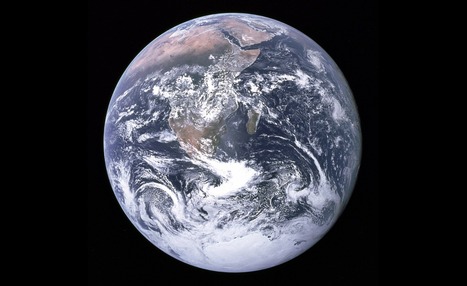The U.S. Food and Drug Administration needs at least two months of safety data before authorizing emergency use of any experimental Covid-19 vaccine. Pfizer’s CEO Albert Bourla said the company would file for emergency approval as soon as safety data is available, assuming those results are positive. The FDA requires at least two months of safety data on half of trial participants to grant emergency approval, he said, as well as information on effectiveness and proof it can be manufactured safely. The safety data is likely to take the longest to collect — Bourla said Pfizer expects to have manufacturing data before that and should know whether or not the vaccine is effective by the end of October. The company will continue to monitor and report safety data for all trial participants for two years, Bourla said. Bourla said the November timeline reflects the company’s “best estimates,” noting that this could change.
Bourla’s statement cements Pfizer’s status as a frontrunner — alongside Germany’s BioNTech, who it is developing the vaccine with — in the global race to develop a safe and effective Covid-19 vaccine. Excluding Russia and China, which have licensed vaccines for domestic use, no manufacturer has been granted regulatory approval for a vaccine anywhere in the world. If Pfizer manages to stick to this timeline, it could be the first. Pfizer and other vaccine-makers have grown increasingly frustrated with the persistent politicization of potential Covid-19 vaccines by high-ranking officials, most notably President Trump, who has claimed one will be ready before the November 3 election. Bourla’s letter does little to hide this annoyance,stating: “To ensure public trust and clear up a great deal of confusion, I believe it is essential for the public to understand our estimated timelines for each of these three areas.”



 Your new post is loading...
Your new post is loading...









